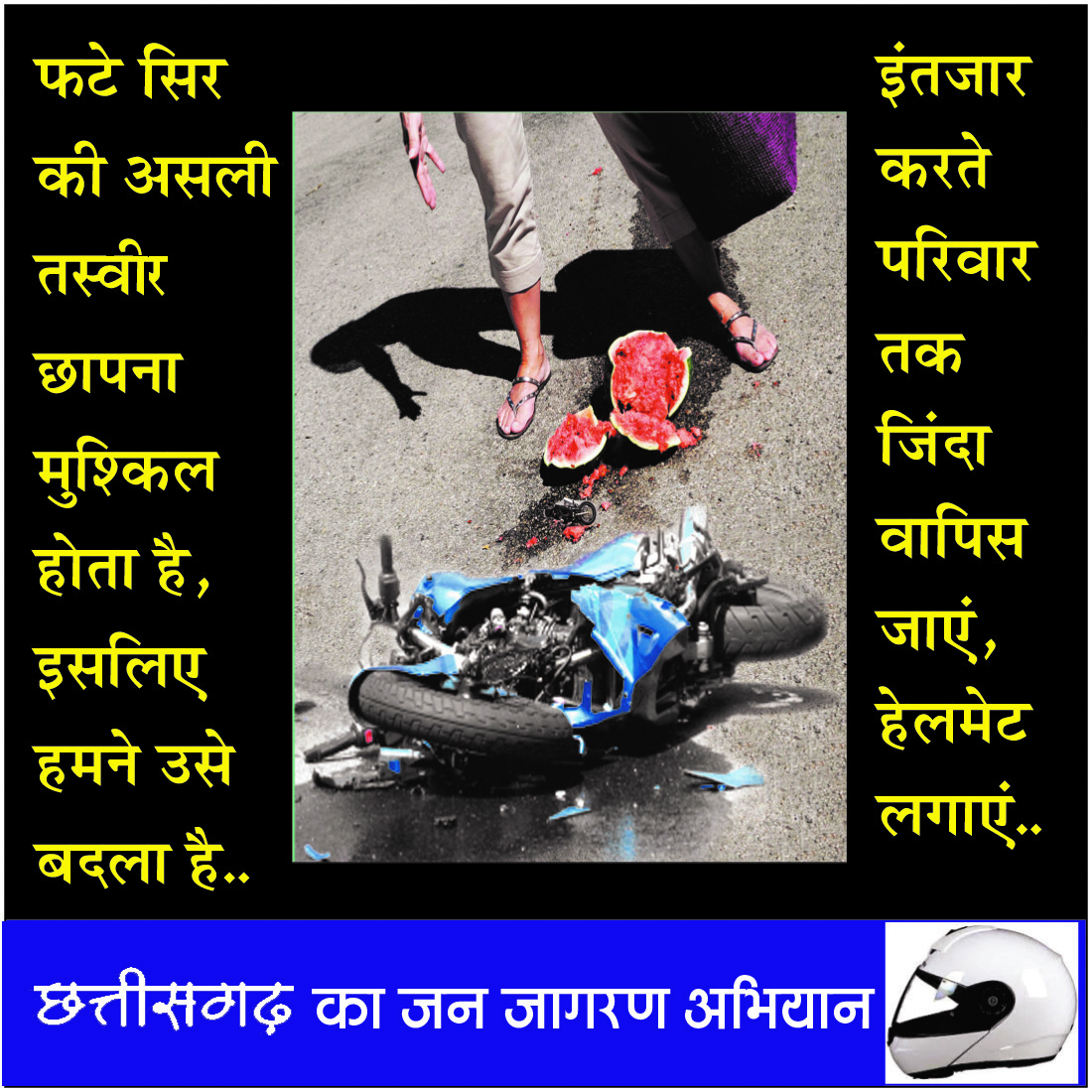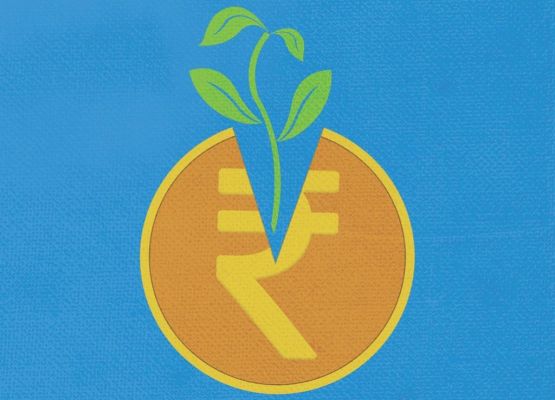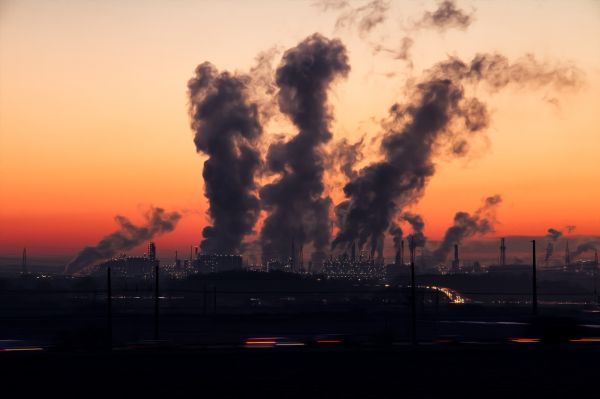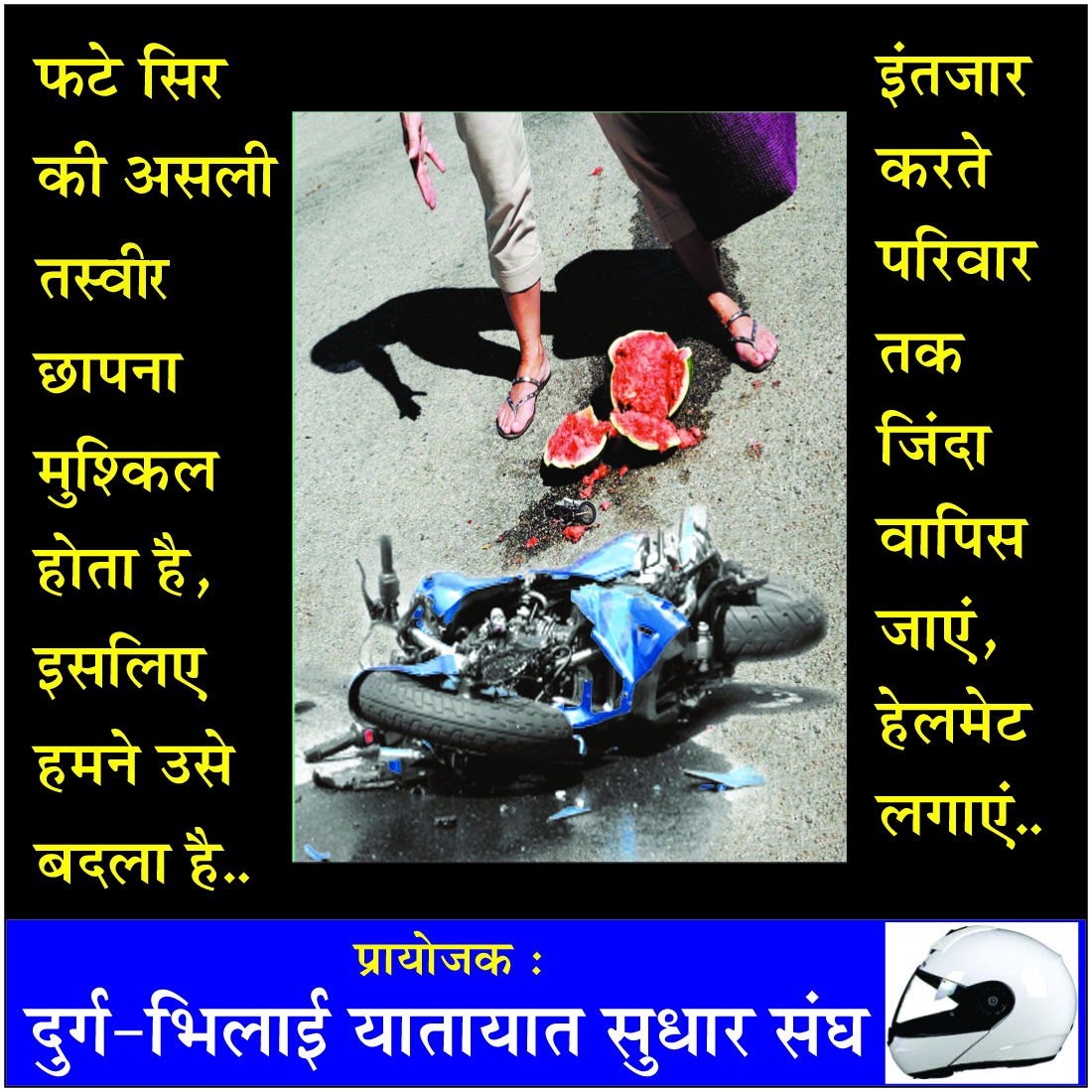संपादक की पसंद

Photo: Bajajauto.com
By Anumita Roychowdhury
The first generation transition from highly polluting two-stroke technology to cleaner technology pathways needed committed industry leadership
It was 1995. We could feel toxic air. But did not quite understand what it was all about. We explored deeper to understand the problem, particularly why our vehicles pollute so much.
We were then just a year away from the first-ever emissions standards for vehicles to be implemented in 1996. There were doubts if the two-wheeler industry would be able to meet the mark.
That was the time when I met Rahul Bajaj, the industry scion and the face of the ‘Hamara Bajaj’ revolution in the country. This was for a conversation for our book Slow Murder: the deadly story of vehicular pollution in India, that had catalysed our Right To Clean Air campaign.
What I found most compelling about the conversation with Rahul Bajaj was his willingness for open discussion and dialogue.
This was a challenging time for the two-wheeler industry. It was also a difficult conversation to conduct.
Two-stroke engines — then powering nearly most of the country’s two- and three-wheeled vehicles, were known for the most inefficient combustion that allowed nearly 25 per cent of fuel to be emitted unburnt, causing 65 per cent of hydrocarbon emissions. The industry was facing two inflexible deadlines of 1996 and 2000 to meet the new norms to fix these gas bombs.
We were concerned about the slow pace of technological progress in this segment. Not taking corrective and adequate technical measures and hard-selling smoke-belching ubiquitous two-stroke engines seemed like an environmental crime.
Bajaj responded in his disarming style. But what Rahul Bajaj said, foreshadowed the unique transition pattern of the two-wheeler industry in the years to come.
He remained candid about “we do produce polluting vehicles.” But he added:
Let me point out that the 1996 norms for two-wheelers are more stringent than the corresponding norms in European countries. The current Taiwanese norms are a little bit more stringent but it must be remembered that Taiwan had met these norms by extensive use of catalytic converters, whereas we have been able to achieve the 1996 norms through more complex technological solutions rather than the relatively simpler but expensive catalytic converters.
The significance of his statement lies in the fact that these affordable, light and easy-to-drive vehicles, unique to poorer countries of Asia and Africa, did not have a reference benchmark for improvement in the developed world of the United States and Europe like cars had during that time. These were not the vehicles of concern in rich countries.
India therefore had to lead and chart its own roadmap in those early years. Europe stepped up much later. We may still be demanding more, but the significant upgrades that followed over the last couple of decades, has virtually killed the two-stroke engines in the Indian market.
‘Hamara Bajaj’, along with the rest of the two-wheeler industry, has led and driven this transition that has reduced emissions significantly from this segment.
Even in those early years, India had the most stringent carbon monoxide limits for this vehicle segment and the nitrogen oxide (NOx) limits that were regulated in combination with hydrocarbons, were beginning to get stricter.
This triggered the corporate policy for phasing out of two-stroke powered two-wheelers from the production line and to move to four-stroke engines with catalytic converters along with optimisation of engine parameters and improvement in ignition systems.
Stricter standards also protected Indian industry against imports as the imported vehicles also had to meet the existing emission regulations of the importing country. This had even blocked the import of the mighty Harley Davidson at that time as those bigger engines could not meet the Indian standard.
Have come a long way since then
As emissions regulations for two-wheelers evolved, the response of the entire two-wheeler industry was catalytic. There was considerable excitement in India when the vehicle industry leapfrogged to Bharat Stage VI (BSVI) emissions standards in 2020. But the public discourse was obsessed only with its impact on cars and heavy duty vehicles.
The deeper changes in the regulations for the two-wheelers that are more technology forcing have remained nearly unnoticed. For the first time in India, NOx and hydrocarbon emissions are being separately measured instead of the earlier practice of combined measurement. This ensures emissions of one pollutant does not increase at the expense of the other while improving emissions control systems.
New models are required to meet tighter evaporative emissions limits and no flexibility is allowed for meeting tailpipe and evaporative emission limits. BSVI two wheelers now have on board diagnostic (OBD) system.
From April 2023 onwards, the OBD II will be capable of monitoring the key parameters that have a bearing on the emissions performance of the vehicles. These include catalytic converters, exhaust gas recycling, misfire detection, and oxygen sensor deterioration. This opens up the opportunity for more advanced technologies and electronics.
The industry has already moved to testing of vehicles for new norms on more improved Worldwide Harmonized Motorcycle Test Cycle (WMTC). In use performance requirements are also expected to come soon. These changes have led to a massive makeover to close loop electronic fuel injection (EFI) systems. The two-stroke engine is now a fossilised dinosaur.
This makeover to BSVI also witnessed strong support from the Bajaj group that had proactively met the standard in 2017. Rajeev Bajaj, the current chief executive and son of Rahul Bajaj, had strongly opposed the auto industry’s call for deferring the new emission norms to dispose off the old vehicle stock.
A much bigger change is awaiting the two-wheeler industry now. At this crossroads, while the internal combustion engines will be pushed harder to meet more stringent benchmarks, the electrification of this segment to meet zero emissions targets will quicken.
Given the current market dynamics and the sharp drop in battery costs and improvement in price parity, NITI Ayog expects an ambitious electrification target for this segment — as much as 70 per cent, by 2030.
In fact, the Government of India signed the Declaration on 100 per cent transition to zero emissions by 2030-2040 at the 26th Conference of Parties to the United Nations Framework Convention on Climate Change.
India also makes a specific mention — “two-wheelers and three-wheelers constitute more than 70 per cent of global sales and more than 80 per cent in India. All governments should also support the transition of these light vehicles to zero emission vehicles”.
The legacy of the leadership of Rahul Bajaj needs to instil confidence and commitment for the next generation change.
Looking back, I recall his insistence on openness for industry dialogue. He had lamented then that, “the green movement thinks the factory people are all subjective and prejudiced ... there is a lack of communication between the two sides, which is unfortunate.”
This has to change now. The transformative change that awaits the industry, requires industry leadership and more participation and dialogue on policy levers and fiscal instruments to mobilise support and resources for more committed change for clean air and low carbon pathways. (downtoearth.org.in)









.jpg)
.jpg)


.jpg)




